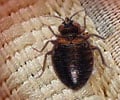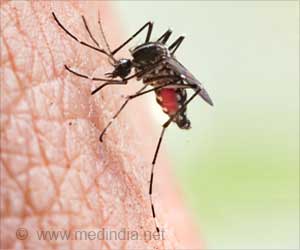A new study reveals that it is the fish that are more prone to crashes as they do not use their collision warning system as effectively as the insects.

Christine Scholtyssek, Postdoc at the Department of Biology at Lund University, said bumblebees use what is known as an optic flow to help them avoid crashing into surrounding objects.
The optic flow can be described as the sensation that surrounding objects move as the bumblebee flies past. To the bumblebee, reality is reversed - it is as though the bee remains still while the objects speed past.
The closer the bee comes to an object, the faster the object appears to move, i.e. the optic flow in the bee's field of vision grows stronger. If the optic flow suddenly becomes stronger in the right eye than the left, the bumblebee will turn left to reduce the risk of a collision.
Scholtyssek said the bumblebee has to constantly balance the optic flow between its two eyes.
The researchers at Lund University used specially constructed tunnels containing water and air to compare the optic flow of swimming and flying creatures respectively.
Advertisement
In other words, the fish chose to approach objects rather than steering away from them. The researchers believe the reason for this could be that zebra fish live in a more turbid underwater environment where visibility is only around 30 centimetres.
Advertisement











